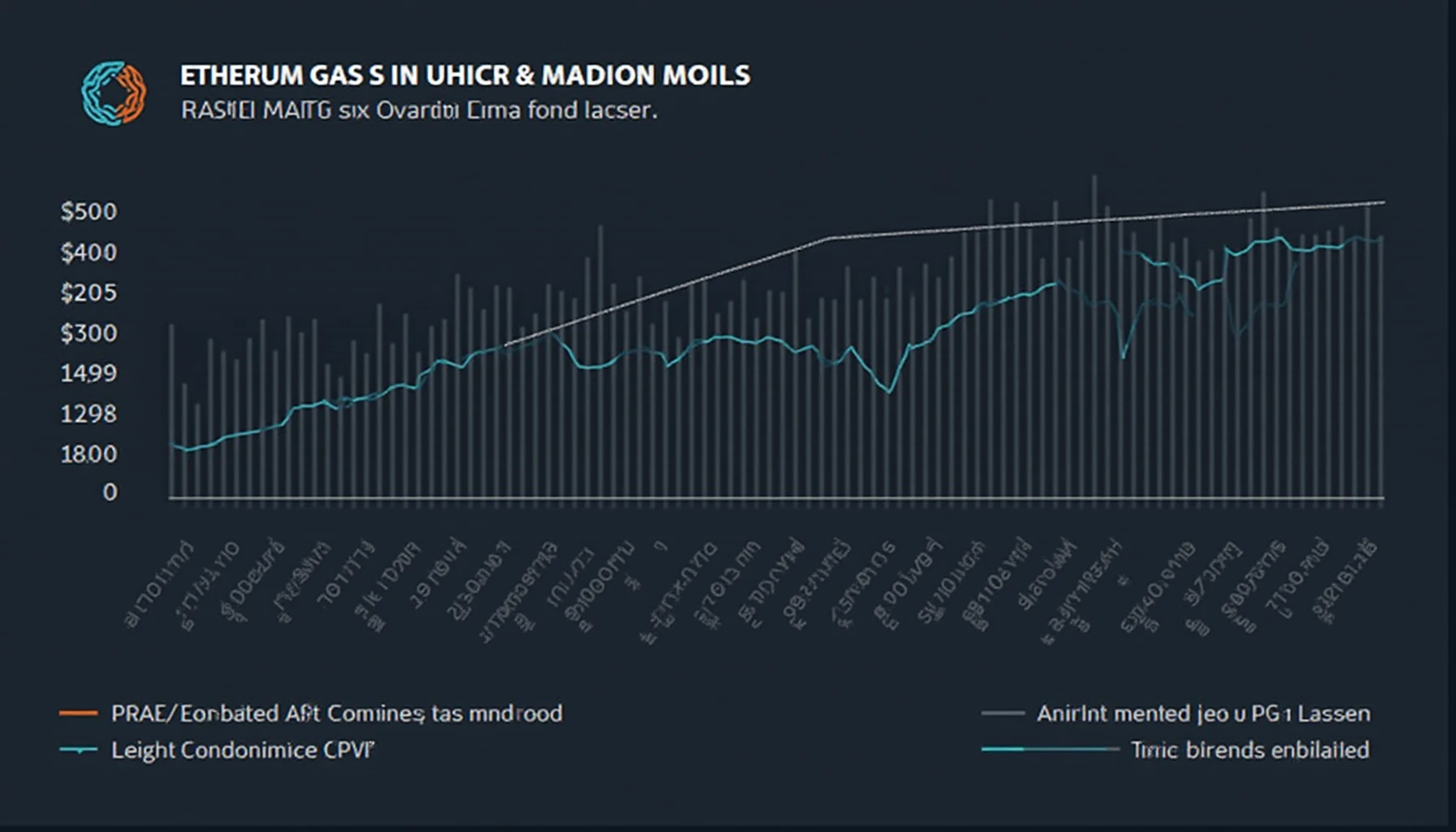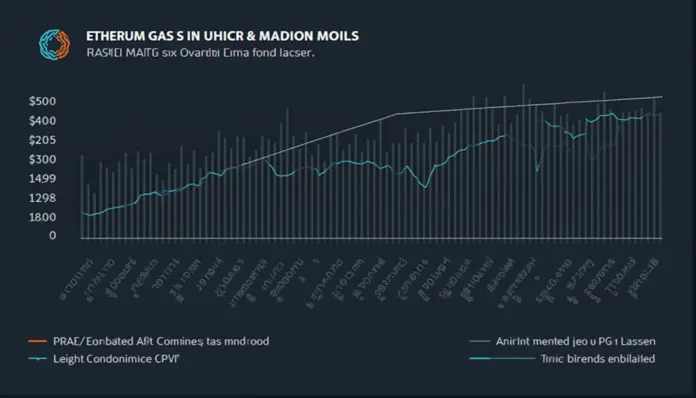Introduction: Navigating the Ethereum Gas Wars
Did you know that Ethereum transaction fees hit an all-time high during peak periods, causing many users to reconsider their transactions? As the network grows, understanding how to mitigate these gas wars becomes crucial for anyone involved in digital currency trading.
Understanding Gas Wars: What Causes Fluctuating Fees?
Gas fees in the Ethereum network can vary dramatically based on blockchain technology principles. Here’s what you need to know:
- Network Congestion: Increased transactions can lead to higher fees.
- Smart Contract Usage: Complex contracts require more gas, impacting overall costs.
- Competitive Bidding: Users compete to have their transactions included, driving prices up.
Strategies for Reducing Ethereum Gas Fees
So how do you avoid getting caught in the gas war? Here are some practical tips:

- Time Your Transactions: Execute trades during off-peak hours.
- Batch Transactions: Group multiple transactions to save on total fees.
- Use Layer 2 Solutions: Consider solutions like Optimism or Arbitrum to reduce costs.
Long-Term Solutions: Blockchain Technology Innovations
As Ethereum looks towards scalability, several innovations are on the horizon:
- Ethereum 2.0: The shift to a proof-of-stake model aims to reduce congestion and fees.
- Sharding: This will help distribute the load across the network, effectively lowering costs for users.
Conclusion: Take Control of Your Ethereum Transactions
As Ethereum continues to evolve, understanding how to navigate gas wars is essential for the sustainability of your investments. Consider these strategies to mitigate costs and stay ahead in digital currency trading. Remember, always stay informed about network changes and innovations.
For more insights, explore our complete guide on Ethereum gas war mitigation.
Disclaimer: This article is for informational purposes only and does not constitute investment advice. Always consult your local regulatory agency before making transactions.




